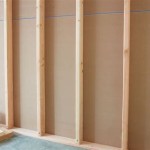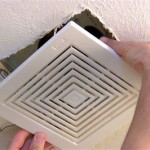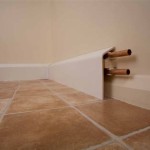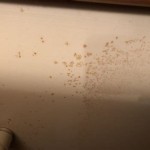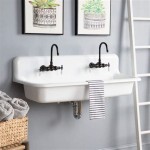How to Repair Bathroom Shower Tile Grout
Maintaining the integrity of your bathroom shower tile grout is essential for preventing water damage, ensuring a clean and hygienic space, and maintaining the aesthetic appeal of your bathroom. Understanding the essential aspects of bathroom shower tile grout repair empowers you to address issues effectively, ensuring the longevity and beauty of your shower space.
This article will delve into the fundamental aspects of repairing bathroom shower tile grout, providing you with a comprehensive guide to restore and maintain your shower's pristine condition.
Cleaning the Grout: The Foundation for Successful Repair
Before embarking on repairs, thoroughly clean the grout to remove dirt, mold, and mildew. Use a grout cleaner specifically designed for this purpose and follow the manufacturer's instructions. A clean surface ensures effective adhesion of the repair material and prevents contamination during the repair process.
Identifying the Type of Grout: Matching for Compatibility
Grout comes in various types, including sanded, unsanded, epoxy, and acrylic. Identifying the type of grout used in your shower is crucial for choosing the appropriate repair material. Matching the type ensures compatibility and optimal bonding, preventing future cracking or peeling.
Choosing the Right Repair Material: Matching Properties and Aesthetics
Selecting the appropriate repair material is essential for a successful repair. Grout repair products, such as pre-mixed grout, grout pens, and epoxy grouts, vary in their properties and aesthetic qualities. Consider the extent of damage, the type of grout, and the desired level of durability and water resistance when making your choice.
Applying the Repair Material: Precision for a Flawless Finish
Once the repair material is selected, carefully apply it according to the manufacturer's instructions. Use a grout float or trowel to ensure even distribution and proper compaction. For small repairs, a grout pen may be suitable, providing precision and control.
Tooling the Grout: Shaping for Aesthetics and Functionality
After applying the repair material, use a grout tool or sponge to shape and smooth the surface. This step ensures a professional-looking finish and prevents water from seeping into the joints. Lightly dampen the grout tool to prevent sticking and achieve the desired texture and profile.
Sealing the Grout: Protection from Water and Stains
Once the grout is dry, apply a grout sealer to protect it from water and stains. Choose a sealer specifically designed for shower environments, ensuring resistance to moisture and mold growth. Proper sealing prolongs the life of the grout and reduces the need for frequent repairs.
Conclusion: A Grout Repair Guide for a Pristine Shower
By understanding the essential aspects of bathroom shower tile grout repair, you can effectively address damage, restore the beauty of your shower, and ensure its longevity. This comprehensive guide empowers you with the knowledge and techniques to tackle grout repairs like a pro, keeping your bathroom shower pristine and functional for years to come.

How To Prevent Expensive Bathroom Shower Tile And Grout Repair Promaster Home Handyman

Is Ed Grout A Problem Repair Easy The Medic

Quick Fix Repair Ed Bathroom Grout

How To Fix Holes In Shower Grout The Experts

How To Repair Ed Tile Grout An Easy Guide The Lived In Look

How Do I Know If Need To Regrout My Shower The Grout Medic

How To Prevent Expensive Bathroom Shower Tile And Grout Repair Promaster Home Handyman

How To Regrout Bathroom Tile In 5 Easy Steps True Value

The Definitive Grout Repair Guide 5 Steps True Value

Quick And Easy Shower Tile Grout Repair With Tips Materials Etc

